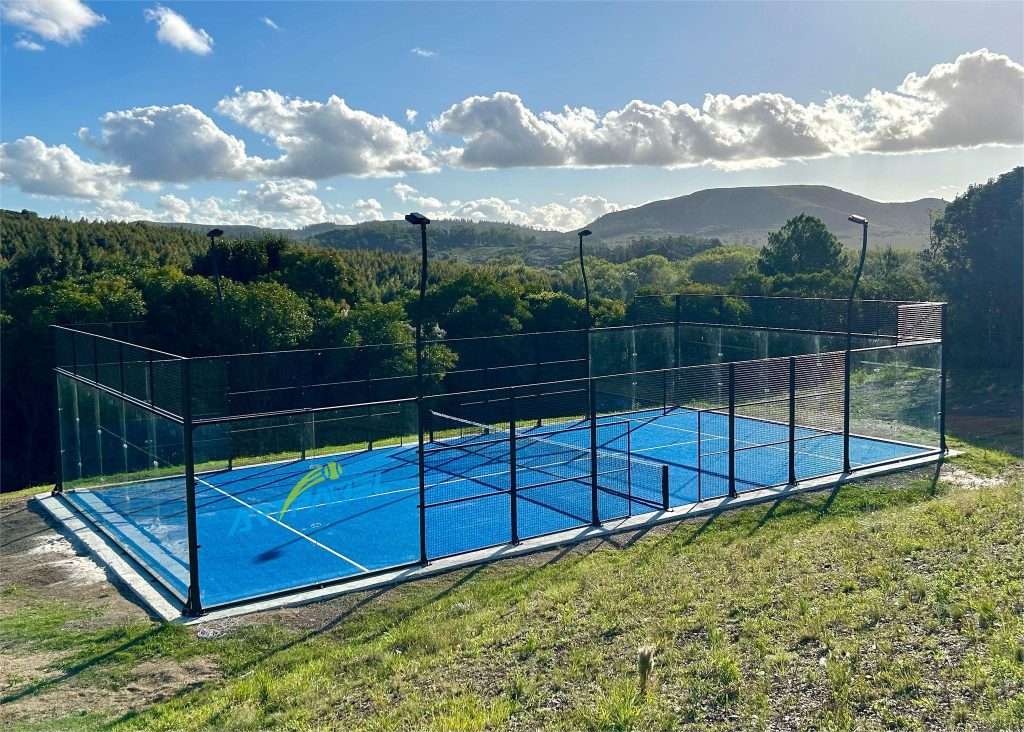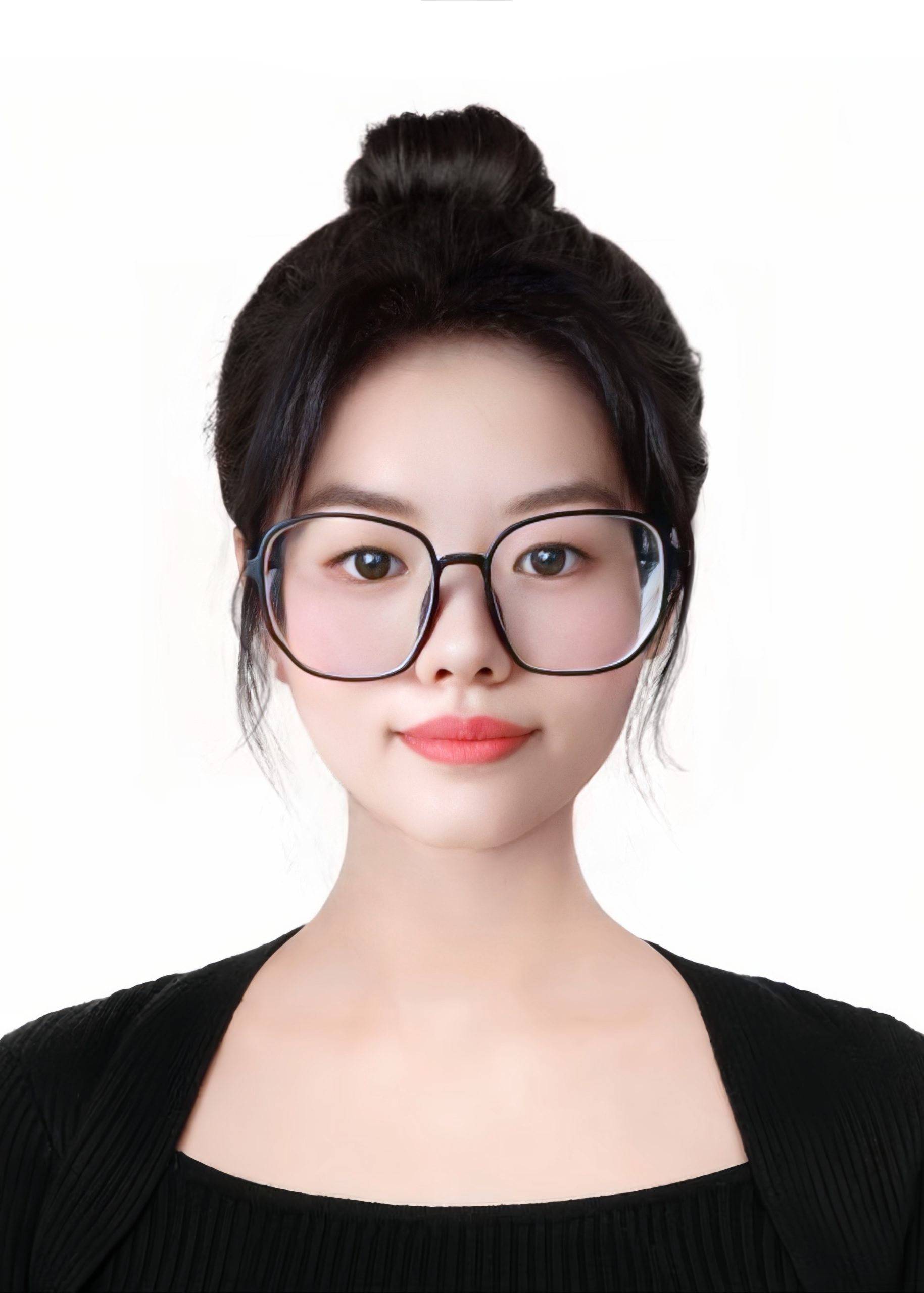As padel sports are gaining popularity around the world, more and more investors and clubs are turning their attention to the construction of high-quality courts, but “wind-resistant design” is often overlooked.
For padel sports that rely on a stable environment, wind resistance is not only related to the player experience, but also directly affects the safety, durability and long-term operational value of the venue.
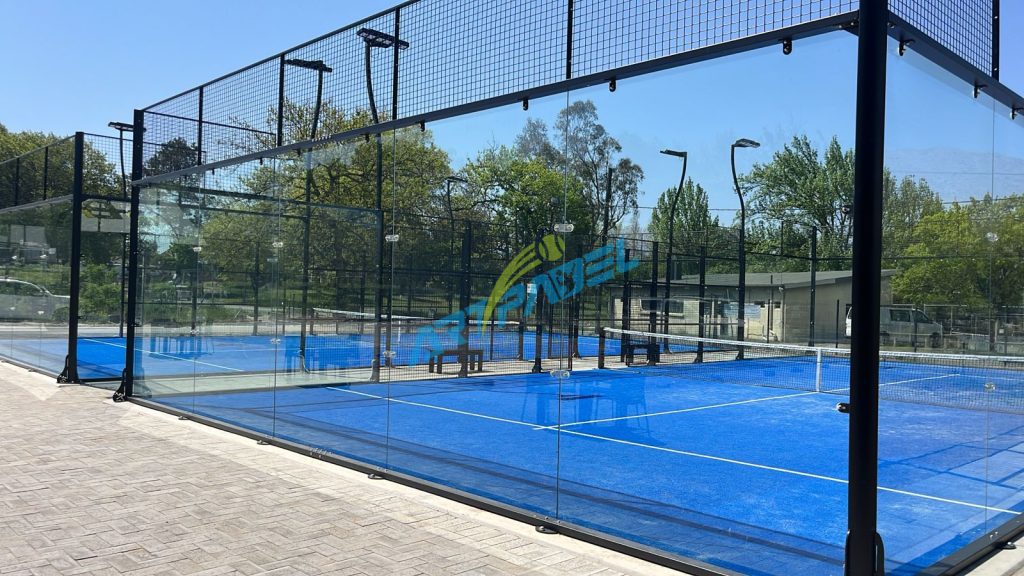
Ⅰ. The reason why wind is the “invisible killer” of padel sports:
In an environment with wind speeds exceeding 20 mph (32 km/h), padel competitions will face multiple challenges:
● Collapse of competitive experience
Changes in wind direction and wind speed will lead to unpredictable ball paths, making it difficult for players to maintain stable performance, and the entertainment experience of casual players will be greatly reduced, and they may even lose interest due to frequent mistakes.
● Structural safety hazards
Strong winds pose a direct threat to the glass curtain walls and metal frames of the courts. Data shows that courts that are not specially designed are prone to glass cracks, frame deformation or component detachment in strong winds, which not only leads to high maintenance costs, but also may cause safety accidents.
● Impaired operational efficiency
In windy areas, the courts are frequently closed due to bad weather, resulting in an increase in resource idleness, a decrease in member satisfaction, and a longer return on investment cycle.
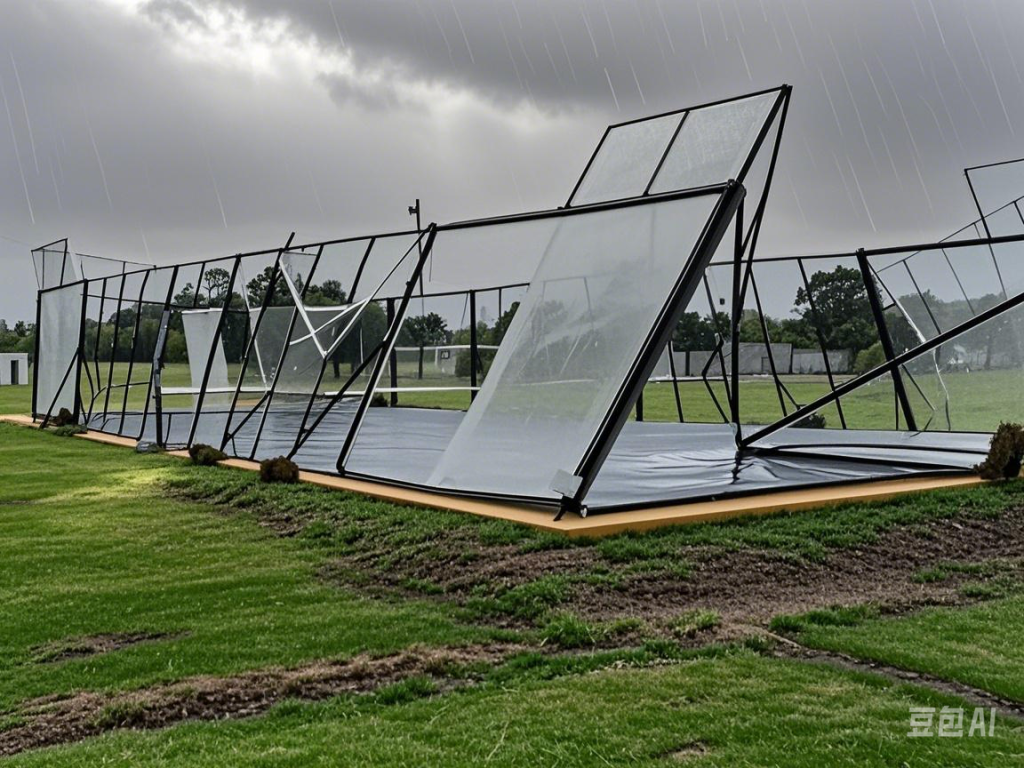
Ⅱ. Wind-resistant design: the core competitiveness of reshaping the value of the court
The advantages of wind-resistant padel courts are far more than “resisting wind and rain”, but also in creating long-term value for multiple parties:
●Durability: a “protective shield” that extends the life of the court
Using thickened tempered glass (minimum 12mm), corrosion-resistant steel frames and enhanced full welding technology, the wind-resistant design can keep the court structurally stable in extreme weather and reduce periodic maintenance costs. Compared with the 5-8 years of service life of ordinary courts, the durability of wind-resistant courts can be increased by more than 30%.
●Experience upgrade: creating an all-weather professional court
The stable court environment allows players to focus on technical performance without being disturbed by wind. Especially for clubs hosting events, wind-resistant design can ensure that the game is carried out as planned, improving the professionalism of the event and the brand reputation. Data shows that 78% of high-frequency players prefer courts equipped with wind-resistant facilities.
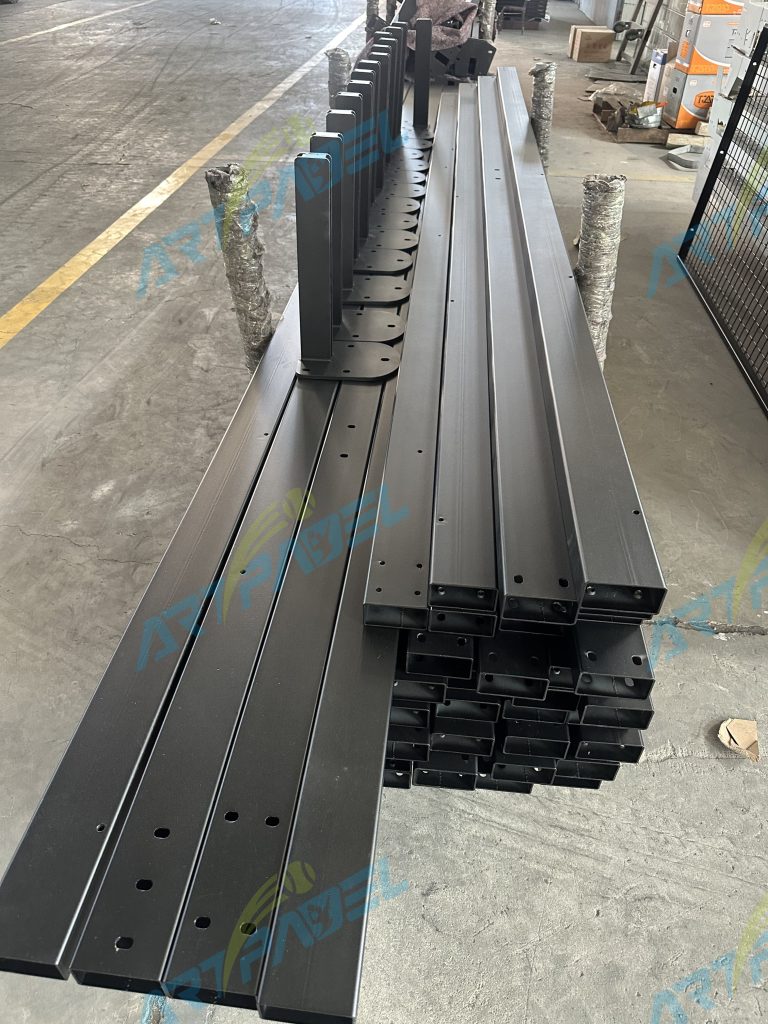
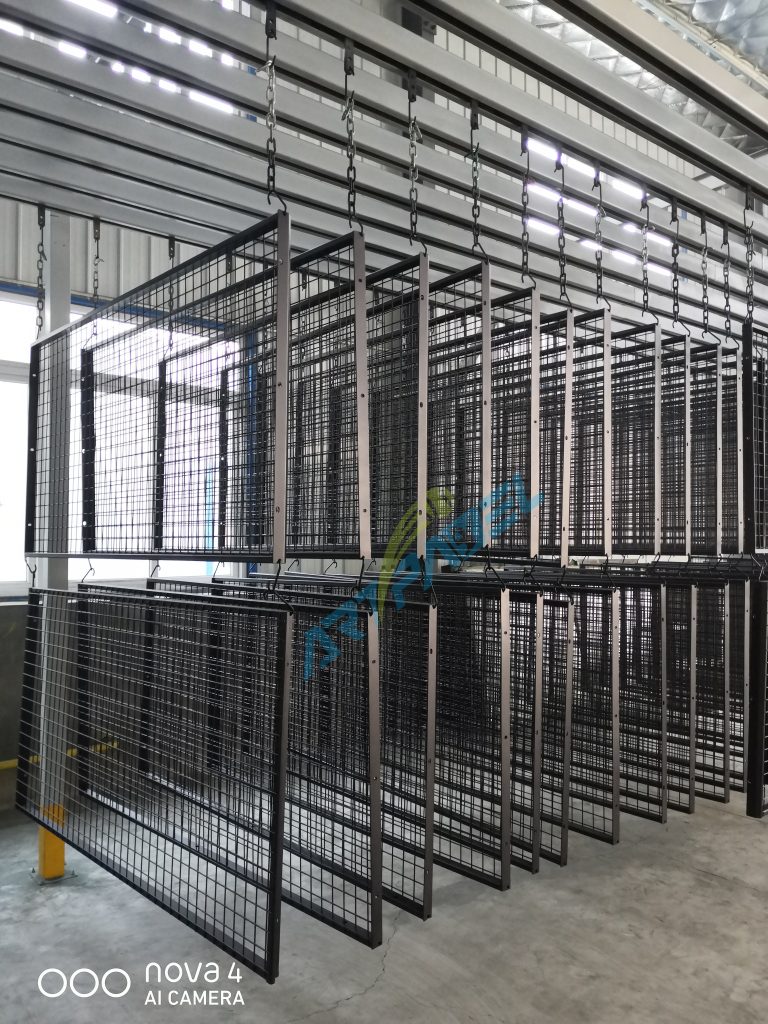
Ⅲ. Art Padel wind-resistant solution
As a leading padel court manufacturer, Art Padel combines engineering with regional climate characteristics to create a multi-dimensional wind-resistant system:
●Material innovation
The main frame is made of Q235 steel and hot-dip galvanized steel, which has a very long salt spray test life and can withstand high humidity and high salt environments in coastal areas;
12mm tempered glass meets the EN12150 safety standard, and its impact resistance is 5 times that of ordinary glass. It is equipped with anti-seismic rubber strips to reduce wind vibration damage.
●Structural reinforcement
The anchoring system is deeply connected to the ground through chemical bolts, and the pull-out resistance is increased by 40%, ensuring the stability of the base in strong winds;
The top and bottom diversion design reduces the wind resistance coefficient.
●Professional verification
Provide customized wind resistance test reports, simulate structural stress under different wind speeds according to international standards (such as ISO 19901), and ensure that each court is suitable for local climate conditions.
IV. Key steps to build a wind-resistant court
1. Wind condition assessment
Choose the appropriate wind resistance level (inland 10+, coastal 12+) in combination with local meteorological data.
2. Strict material control
Use internationally certified steel, glass and technology, and reject inferior materials.
3. Detail optimization
Add wind barriers or streamlined designs, and predict weak links through software simulation.
The change of wind-resistant design from “optional” to “must-have” is the key to ensuring sports experience, investment safety and operational efficiency. Art Padel empowers technology and provides wind-resistant solutions that take into account quality and cost-effectiveness to help build a padel court that can withstand wind and rain.
Contact Art Padel now to get exclusive wind-resistant solutions to keep the venue stable in any climate!
